Uses For Firebush Plants: What Is Firebush Good For


Firebush earns its name two ways – one for its blazing red foliage and flowers, and one for its ability to thrive in the extreme summer heat. The versatile plant has several uses, both in and beyond the garden. Keep reading to learn more about using firebush shrubs in your landscape and in your daily life.
What is Firebush Good For?
Firebush plants are native to the American tropics and subtropics, and are very tolerant of both heat and drought. They flower throughout almost the entire year (provided they’re not exposed to frost) and have bright red foliage in the fall. Because of this, they are very useful in gardens with oppressively hot summers, providing colorful, flashy interest when most other plants would wither. Their red, tubular flowers are also extremely attractive to hummingbirds, making them an obvious choice for hummingbird gardens and easily observable spots near windows and porches. They also grow very well in mass plantings, where they form a sea of bright red leaves in autumn. They can be planted in rows to achieve a dense and beautiful hedge effect as well, although they will require a certain amount of pruning to keep growth in check.
How to Use Firebush Beyond the Garden
While it is primarily prized for its attractiveness in the landscape, there are several other uses for firebush. The small, black, oval berries are completely edible, although they aren’t especially tasty eaten raw. Many gardeners cook them into jellies, jams, and syrups. There’s a long history of using firebush as a medicinal plant, especially in Central America. Extracts from the leaves have been used for centuries for their antifungal, antibacterial, and anti-inflammatory properties. Teas made from leaves, flowers, and stems have been used to treat wounds, burns, insect bites, fever, menstrual cramps, and diarrhea. As always, it’s best to consult with a doctor before self-medicating with this or any plant. Disclaimer: The contents of this article is for educational and gardening purposes only. Before using or ingesting ANY herb or plant for medicinal purposes or otherwise, please consult a physician or a medical herbalist for advice.
Gardening tips, videos, info and more delivered right to your inbox!
Sign up for the Gardening Know How newsletter today and receive a free copy of our e-book "How to Grow Delicious Tomatoes".

The only child of a horticulturist and an English teacher, Liz Baessler was destined to become a gardening editor. She has been with Gardening Know how since 2015, and a Senior Editor since 2020. She holds a BA in English from Brandeis University and an MA in English from the University of Geneva, Switzerland. After years of gardening in containers and community garden plots, she finally has a backyard of her own, which she is systematically filling with vegetables and flowers.
-
 Get Ready For A Summer Of Hummers! Grow These Full Sun Hummingbird Plants and Flowers
Get Ready For A Summer Of Hummers! Grow These Full Sun Hummingbird Plants and FlowersIf you’re lucky enough to enjoy a sunny backyard, make sure you are maxing out on your pollinator opportunities and grow these full sun hummingbird plants and flowers
By Tonya Barnett
-
 12 Lush Alternatives To A Lawn For Sustainable Spaces
12 Lush Alternatives To A Lawn For Sustainable SpacesAlternatives to a lawn are beautiful and also beneficial to your local ecosystem and its pollinators. Explore our top picks for plants to replace grass.
By Tonya Barnett
-
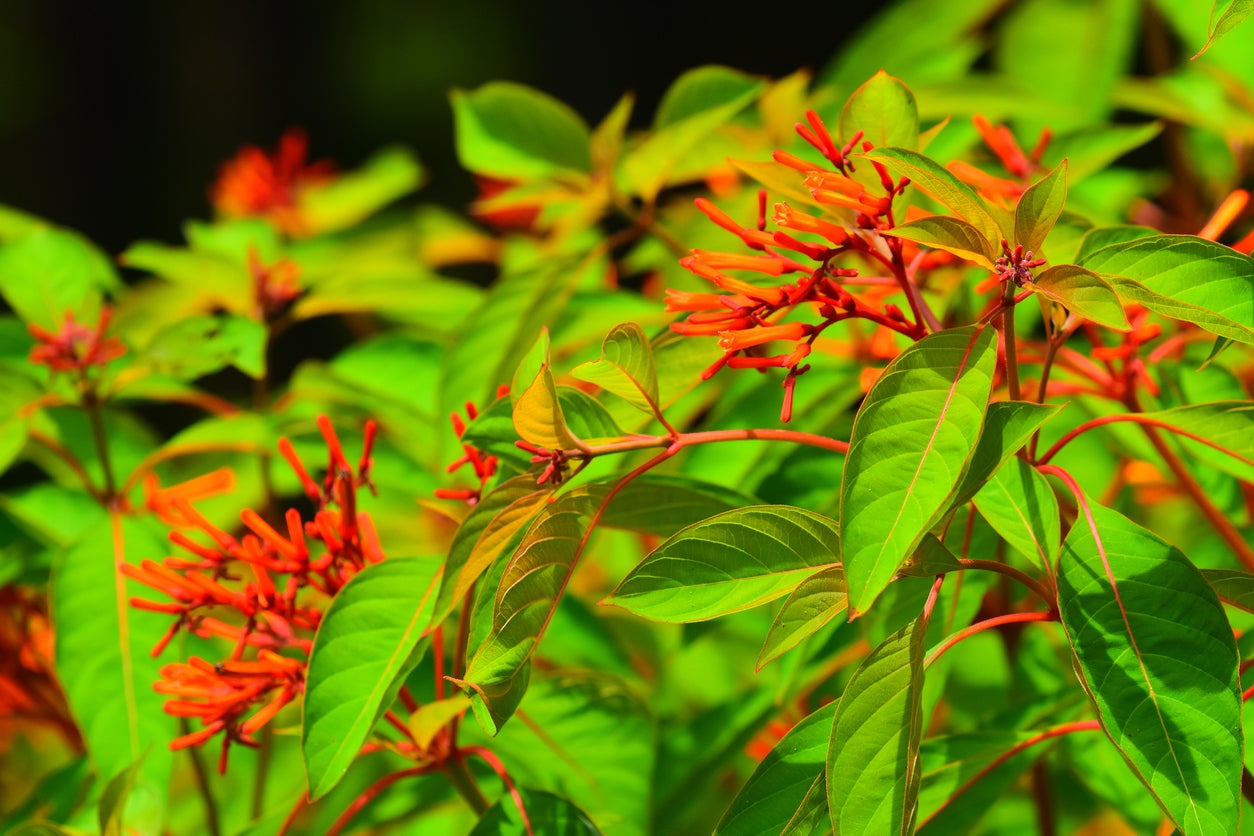 Firebush Winter Care Guide – Can You Grow A Firebush In Winter
Firebush Winter Care Guide – Can You Grow A Firebush In WinterKnown for its bright red flowers and extreme heat tolerance, firebush is a popular blooming perennial. But as with many plants that thrive on heat, the question of cold quickly arises. Learn more about firebush cold tolerance and firebush winter care here.
By Liz Baessler
-
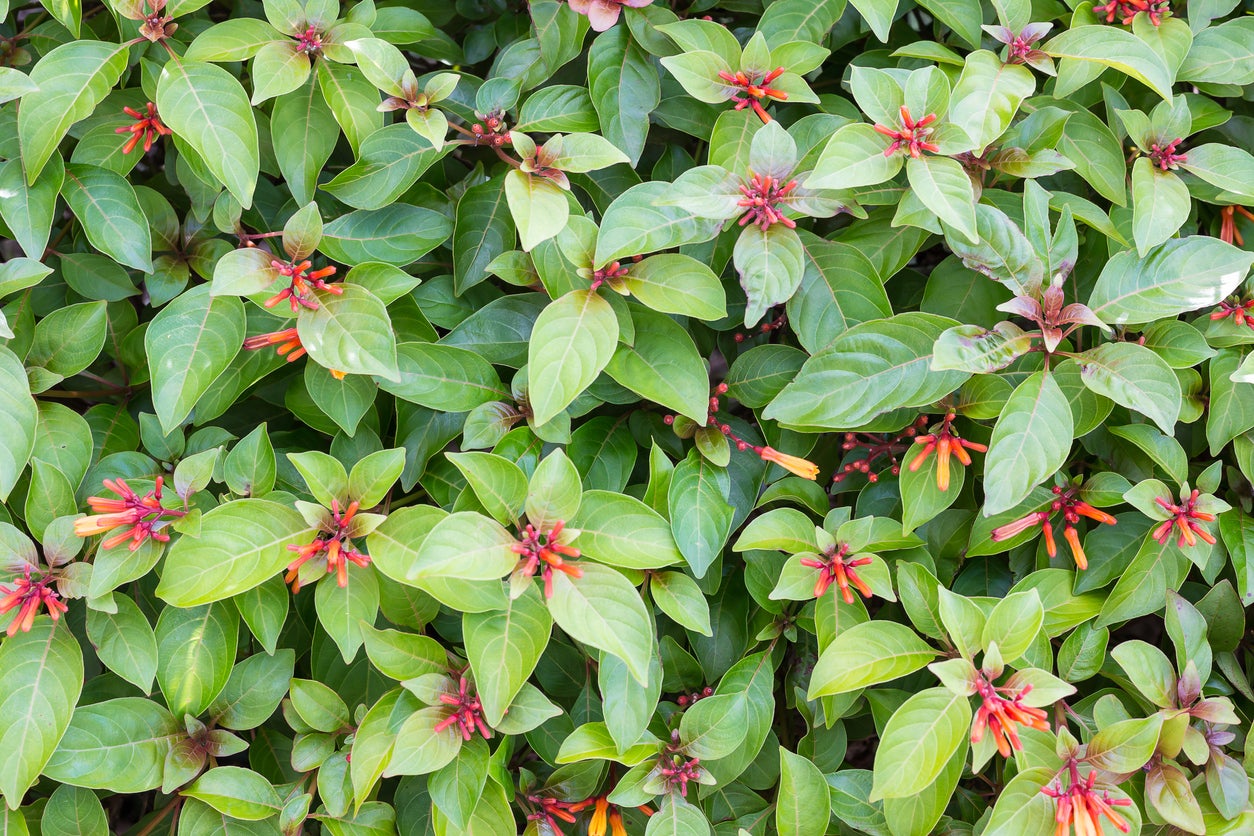 Can You Grow A Firebush Hedge: Firebush Boundary Plant Guide
Can You Grow A Firebush Hedge: Firebush Boundary Plant GuideKnown for its dazzlingly red flowers and ability to sustain high temperatures, firebush is also known for being able to take a serious pruning. These qualities combine to make it a great choice for a natural hedge. Learn more about growing firebush hedge plants here.
By Liz Baessler
-
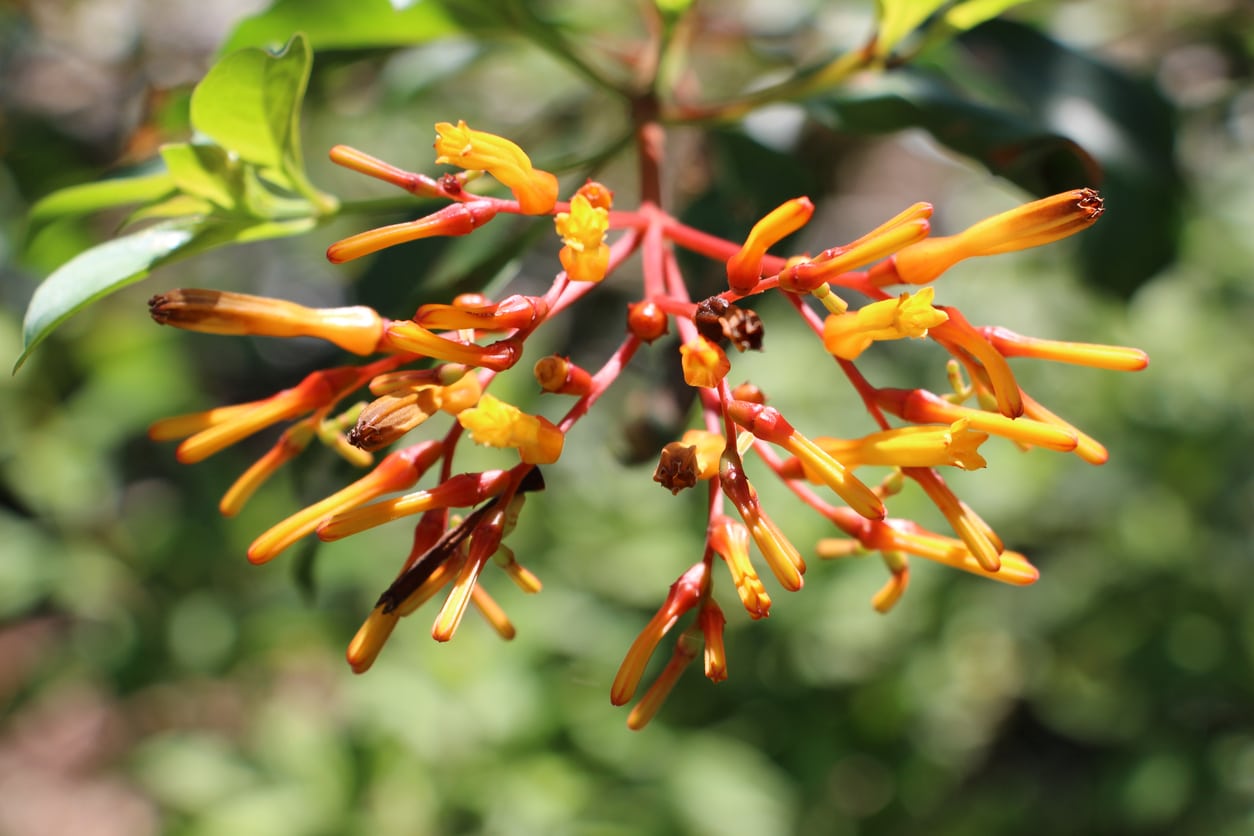 Popular Types Of Firebush – Learn About Different Kinds Of Firebush Plant
Popular Types Of Firebush – Learn About Different Kinds Of Firebush PlantFirebush is the name given to a series of plants that bloom profusely with bright red, tubular flowers. But what exactly constitutes a firebush, and how many varieties are there? Learn about different firebush cultivars and species in this article.
By Liz Baessler
-
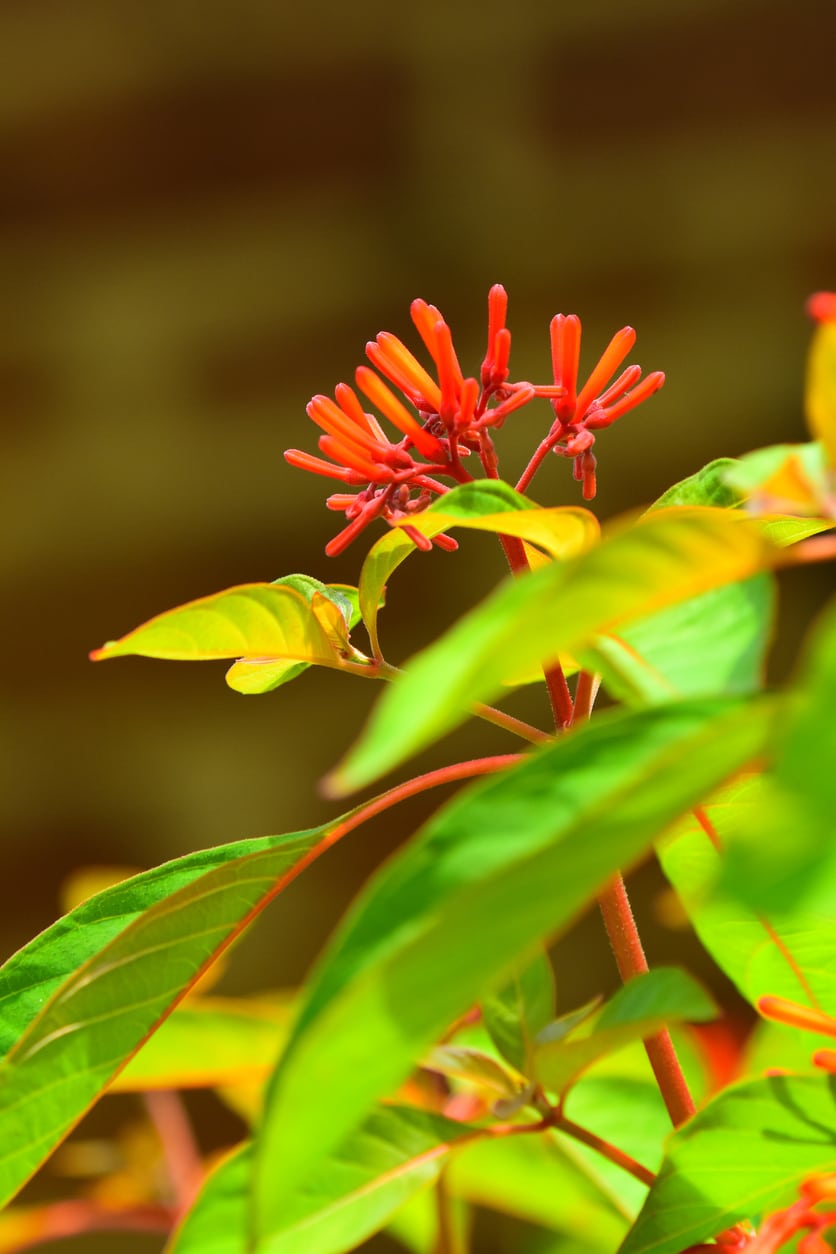 Firebush Container Care: Can You Grow Firebush In A Pot
Firebush Container Care: Can You Grow Firebush In A PotA lover of hot weather, firebush is native to tropical regions. In cooler, non-tropical locations, firebush can be grown as an annual or container plant. Click here to learn some care tips for potted firebush plants and see if this plant is for you.
By Darcy Larum
-
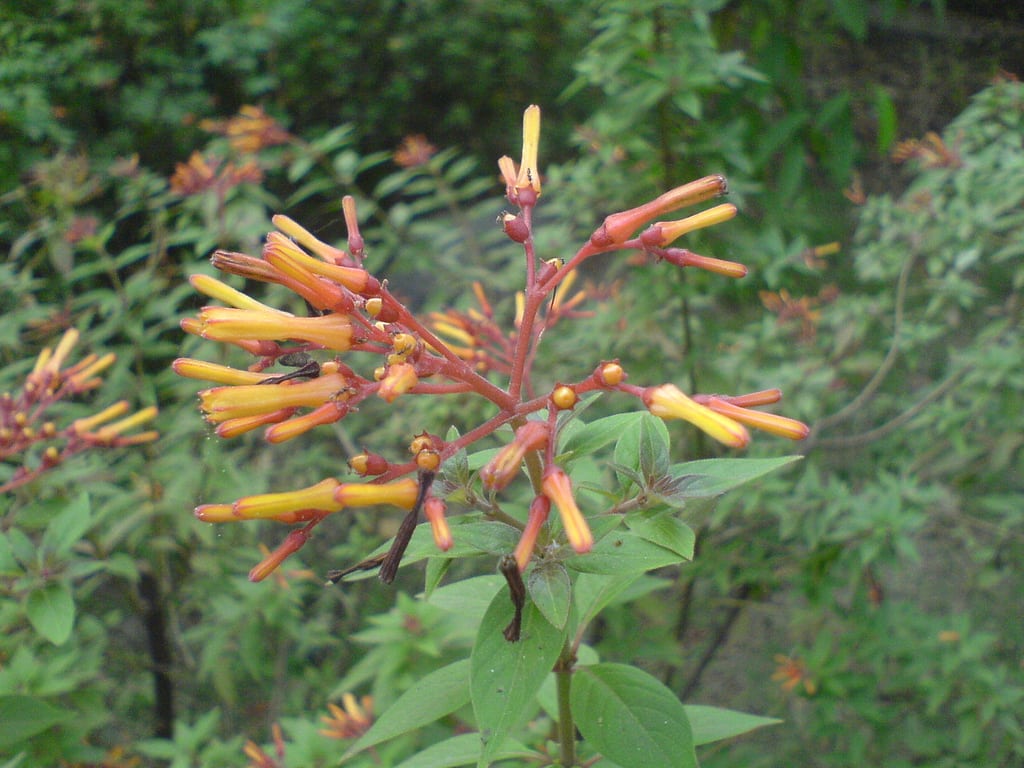 Firebush Seed Sowing: When To Plant Firebush Seeds
Firebush Seed Sowing: When To Plant Firebush SeedsIf you are wondering about growing beautiful and easy-care firebush, then click this article for information on firebush seed propagation. We’ll offer tips on growing firebush from seeds including when and how to plant firebush seeds.
By Teo Spengler
-
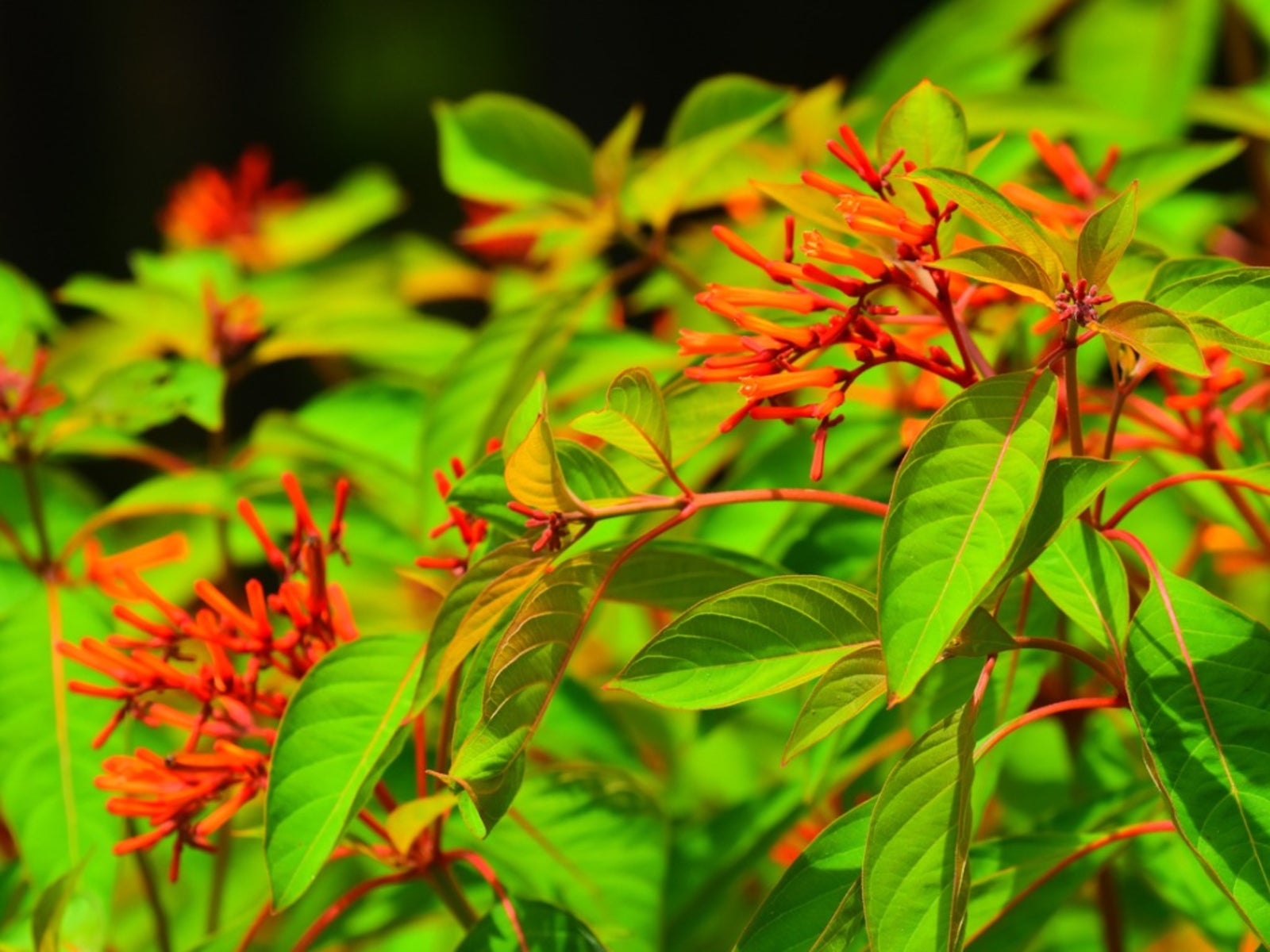 Firebush Leaf Drop: Reasons For No Leaves On A Firebush
Firebush Leaf Drop: Reasons For No Leaves On A FirebushFirebush is generally easy to grow if you live in the warm climates of USDA plant hardiness zone 9 through 11, but even this hardy shrub is sometimes beset by problems, including firebush leaf drop. Explore what may be to blame in this article.
By Mary H. Dyer
-
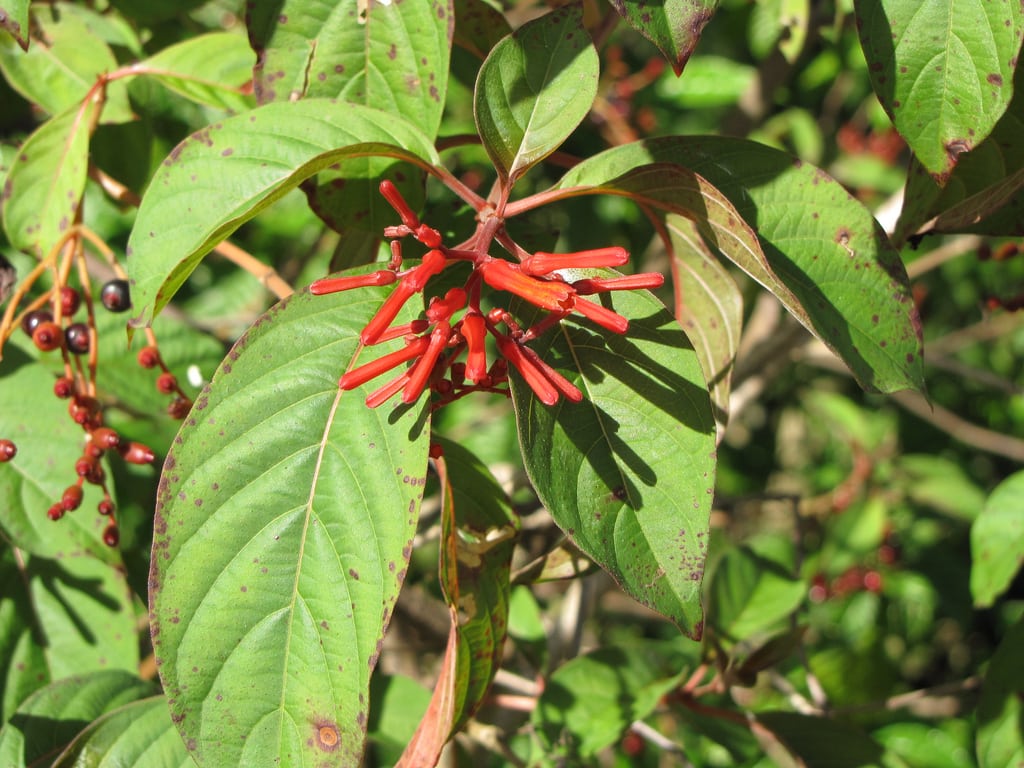 Firebush Watering Guide – Tips For Watering A Firebush Shrub
Firebush Watering Guide – Tips For Watering A Firebush ShrubFirebush is practically bullet-proof once established and tends to be relatively drought tolerant, but it does regular irrigation, especially during the early years. Click on the following article and we’ll discuss firebush water requirements.
By Mary H. Dyer
-
 Firebush Pruning Guide – Learn How To Prune A Firebush
Firebush Pruning Guide – Learn How To Prune A FirebushCutting back a firebush needs to be done at the right time in order to preserve the next year's flowers. Learn when to trim a firebush so you can keep it tidy and still enjoy a lushly blooming plant. This article will help get you started.
By Bonnie L. Grant